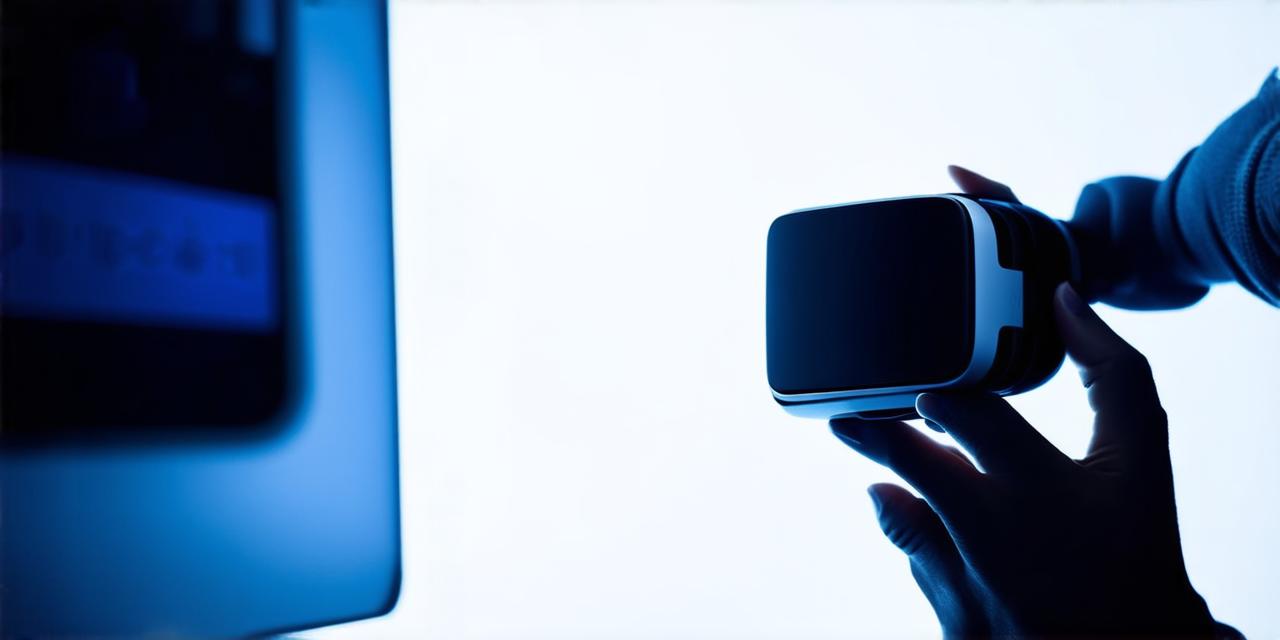Introduction:
Virtual Reality (VR) is an immersive technology that has been rapidly evolving over the past few years. As VR continues to grow in popularity, so does the need for powerful computers capable of handling the demanding workloads required by VR development. In this guide, we’ll explore the optimal processor specifications for VR development machines and how they can impact your VR experience.
Processor Selection:
When selecting a processor for your VR development machine, there are several factors to consider. The first is the number of cores. Most VR applications require at least four-core processors, but for more demanding workloads, an eight-core or even twelve-core processor may be necessary.
Another important factor is clock speed. Higher clock speeds can improve performance by allowing the processor to execute more instructions per second. For high-end VR applications, it’s recommended to look for processors with clock speeds of 3GHz or higher.
Intel and AMD are the two main manufacturers of CPUs for VR development machines. Both offer a range of options to choose from, so it’s important to do your research and find the one that best suits your needs. For high-end gaming and VR development, Intel Core i7 or i9 and AMD Ryzen 7 or 9 processors are popular choices.
Case Studies:
One great example of how processor specifications can impact VR performance is the Oculus Quest 2, a standalone VR headset that was released in October 2020. The standard version of the Quest 2 comes with an Intel Snapdragon XR1 Processor, which has four cores and runs at 2.8GHz. While this processor is capable of running most VR applications, some users have reported noticeable performance improvements when upgrading to an Intel Core i7 or i9 processor.
Another case study is the HP Reverb G2, a high-end VR headset that was released in April 2021. The G2 comes with an Intel Core i9-10800H processor, which has eight cores and runs at 3GHz. This processor provides a significant boost in performance compared to the standard Quest 2’s processor, allowing for smoother VR experiences and more demanding applications.
Memory Selection:
In addition to the processor, memory selection is also crucial when building a VR development machine. For high-end gaming and VR development, it’s recommended to look for machines with at least 16GB of RAM. However, some VR applications require even more memory, so if you plan on developing VR games or simulations that are particularly demanding, you may need to consider upgrading your memory to 32GB or more.
Storage Selection:
When it comes to storage, SSDs (Solid State Drives) are always the best option for VR development machines. SSDs provide faster read and write speeds than traditional hard drives, which can significantly improve performance when loading large VR assets. For high-end gaming and VR development, it’s recommended to look for machines with at least a 512GB SSD. However, if you plan on storing large files or working with multiple projects simultaneously, you may need to consider upgrading your storage to a larger capacity.
Optimizing Performance:
Once you have selected the right processor, memory, and storage for your VR development machine, there are several ways to optimize performance and ensure a smooth VR experience. One important factor is to ensure that your graphics card is compatible with your VR headset. Different VR headsets require different graphics cards, so it’s important to do your research and make sure you have the right one.
Another way to optimize performance is to close unnecessary applications while using VR. This can help free up resources for the VR application, leading to smoother performance and a better overall experience. Additionally, you may want to consider adjusting the graphics settings in your VR headset’s settings menu to ensure that they are set to optimal levels for your machine.
FAQs:
Q: What is the difference between an Intel Core i7 and i9 processor?
A: Both the Intel Core i7 and i9 processors are high-end options, but the main difference is the number of cores. The i7 typically has four cores, while the i9 has eight or twelve cores.
Q: How much RAM do I need for VR development?
A: For high-end gaming and VR development, it’s recommended to look for machines with at least 16GB of RAM. However, some VR applications require even more memory, so if you plan on developing VR games or simulations that are particularly demanding, you may need to consider upgrading your memory to 32GB or more.
Q: What is the best SSD size for VR development?
A: For high-end gaming and VR development, it’s recommended to look for machines with at least a 512GB SSD. However, if you plan on storing large files or working with multiple projects simultaneously, you may need to consider upgrading your storage to a larger capacity.
Summary:
When building a VR development machine, it’s important to select the right processor, memory, and storage options to ensure optimal performance and a smooth VR experience.
